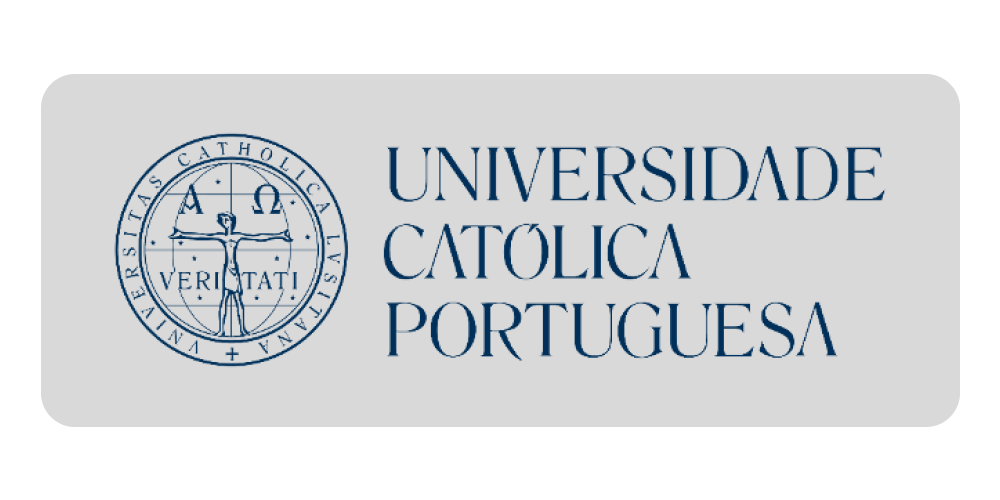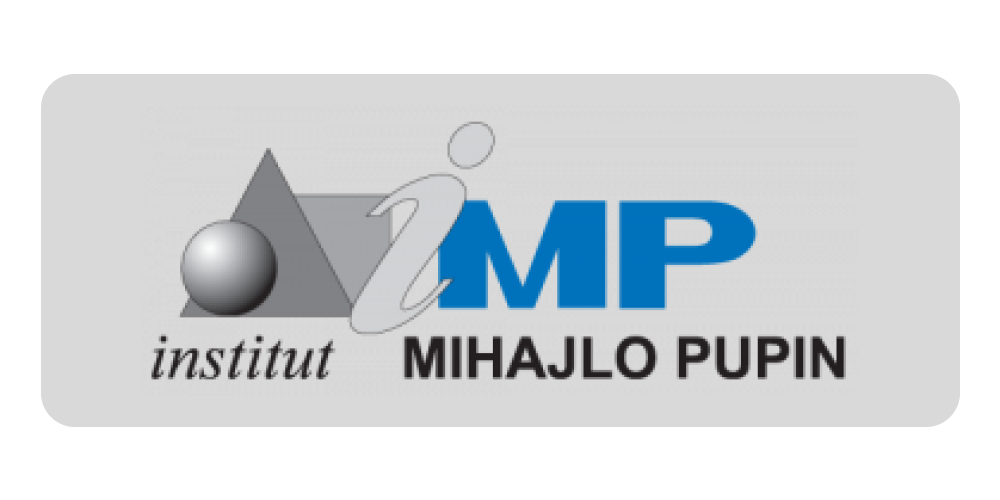Meridijani
Industry of Podravina - from Manufactures to Deindustrialization (Main Stages and Processes)
2011
Croatian
Članak donosi glavne etape širenja industrije u geografski prostor gornje hrvatske Podravine. Analizom glavnih razvojnih elemenata, predočeno je pet osnovnih razvojnih etapa: 1. Obrtničko-manufakturna etapa, 2. Manufakturno-industrijska etapa, 3. Etapa zastoja industrijalizacije, 4. Etapa intenzivne industrijalizacije, 5. Etapa tranzicije i deindustrijalizacije. U drugom dijelu članka prikazani su glavni efekti procesa industrijalizacije na transformaciju Podravine. To se prvenstveno odnosi na intenzivne promjene u prostornoj slici naseljenosti, zaposlenosti i dnevnim migracijama, ali i na poslovne rezultate gospodarstva, te prostornu distribuciju cestovne mreže.In the first part, the article covers the appearance and development of industry in upper Croatian Podravina, as the most important factor of transformation of the geographic area. Based on analyzing of the historical order of industrialization of Podravina, a possible periodization of the development is offered, as well as the most important economic branches. Five basic development stages were determined: 1. The craftsman-manufacturing stage (until 1906), 2. The manufacturing-industrial stage (1906-1932), 3. The stage of a standstill in industrialization (1932-1958), 4. The stage of intense industrialization (1958-1990), 5. The stage of transition and deindustrialization (after 1990). Within these basic stages, several sub-stages were periodized as well, particularly in the development period 4. and 5. The second part of the Article deals with explaining the industry as the key factor of transformation of Podravina from an agricultural to an industrial region. Only three main processes of transformation have been explained. First: the processes of deruralization, i.e. leaving the village and changes in the area image of the population density. Within those changes, changes in the spatial distribution of employment in the secondary sector happened too, as well as in the intensity and the schedule of daily migrations. Secondly: in accordance with the spatial intensity of industrialization, the distribution of entrepreneurs and business results of the economy in Podravina has also been explained, with a particular attention paid to the processes of transition and deindustrialization. Thirdly: the effect of industrialization on the spatial distribution of the road infrastructure has been explained, as one of most important indicators of the development achievements of an area
Meridijani
Industry of Podravina - from Manufactures to Deindustrialization (Main Stages and Processes)
Članak donosi glavne etape širenja industrije u geografski prostor gornje hrvatske Podravine. Analizom glavnih razvojnih elemenata, predočeno je pet osnovnih razvojnih etapa: 1. Obrtničko-manufakturna etapa, 2. Manufakturno-industrijska etapa, 3. Etapa zastoja industrijalizacije, 4. Etapa intenzivne industrijalizacije, 5. Etapa tranzicije i deindustrijalizacije. U drugom dijelu članka prikazani su glavni efekti procesa industrijalizacije na transformaciju Podravine. To se prvenstveno odnosi na intenzivne...
Preuzmite dokument
Croatian
2011
 Petar Feletar
Petar Feletar






